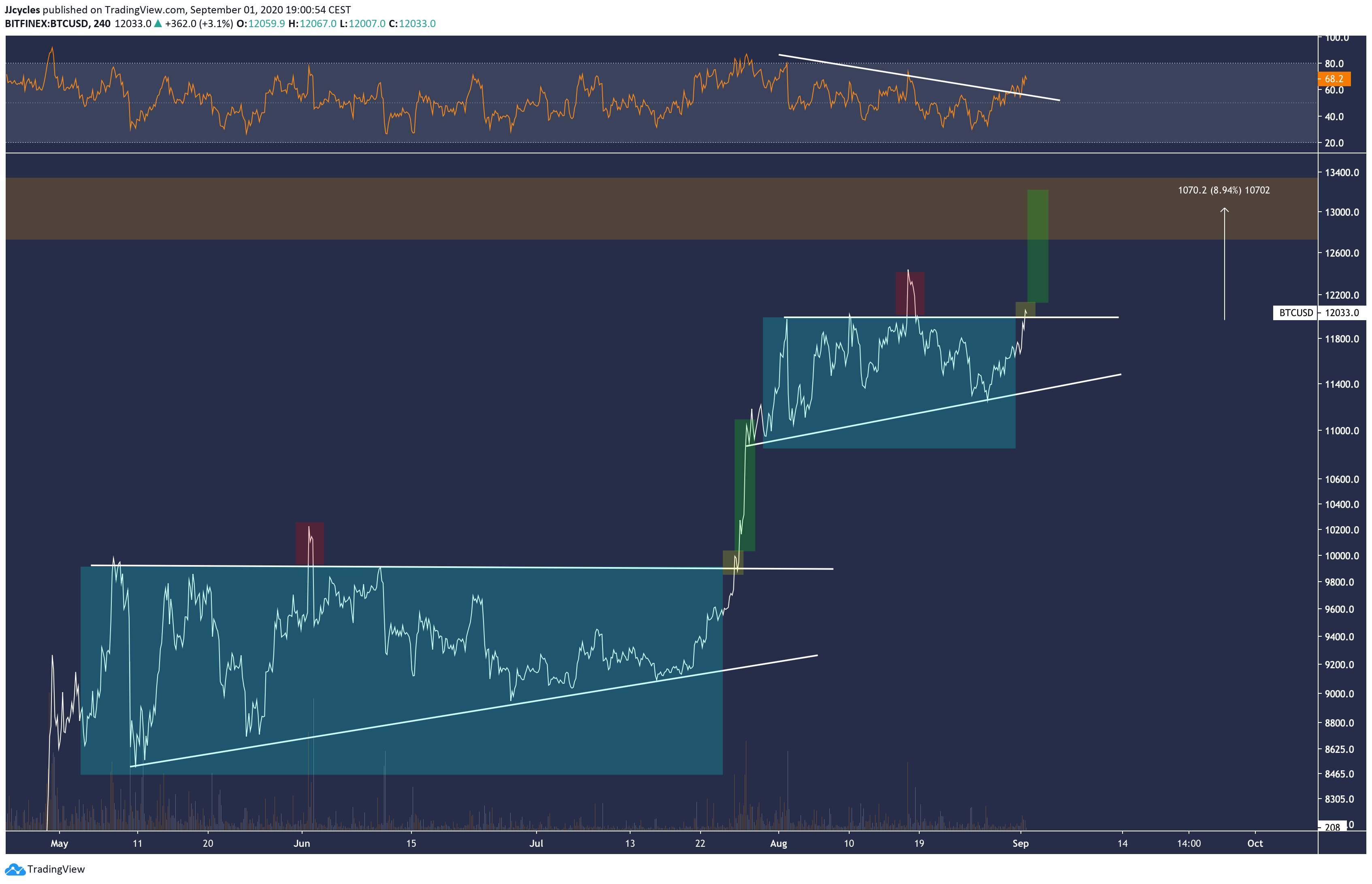
2024-10-3 16:30 |
Four years on from the start of the COVID-induced global financial crisis, the global economy stands at a pivotal moment, characterized by moderate inflation and low unemployment yet overshadowed by uneven growth and escalating debt in advanced economies.
Recent data from the G20 nations paint a complex picture of economic health, raising questions about the long-term viability of the fiat system and the potential rise of Bitcoin as a financial necessity.
Current global fiat economic statusInflation rates have generally stabilized in advanced economies. The Euro Area reports an inflation rate of 1.8%, the United States sits at 2.5%, and the United Kingdom holds steady at 2.2%, all hovering near central bank targets. These figures suggest effective monetary policies are maintaining price stability without severely restricting economic activity.
However, stark contrasts exist in emerging markets like Argentina and Turkey, grappling with hyperinflation rates of 237% and 49.38%, respectively. Traditional monetary interventions in these countries have struggled to contain soaring prices, eroding public confidence in fiat currencies.
Global interest rates further illustrate the divergent economic strategies. The United States and the Euro Area have reduced rates to 5% and 3.65%, respectively, aiming to stimulate growth amid signs of slowing economies. Japan continues its long-standing ultra-low rate policy at 0.25%. Conversely, Argentina and Turkey have instituted exorbitantly high rates of 40% and 50% in attempts to rein in inflation, highlighting the limitations of conventional fiscal tools under extreme conditions.
Economic growth is uneven across the globe. The United States shows robust GDP growth at 3%, bolstered by solid consumer spending and investment. Indonesia leads with a remarkable 3.79%, showcasing the vitality of specific emerging markets. In contrast, Germany and South Korea face slight contractions of -0.1% and -0.2%, respectively, signaling potential structural issues and vulnerabilities to external shocks.
Unemployment rates in advanced economies remain low, with Japan at 2.5%, the United States at 4.2%, and the United Kingdom at 4.1%. These tight labor markets could exert upward pressure on wages, potentially reigniting inflation if not carefully managed. Meanwhile, South Africa’s unemployment rate remains distressingly high at 33.5%, and Spain’s at 11.27%, reflecting persistent structural challenges requiring comprehensive policy responses.
Critically, government debt levels raise critical concerns about long-term fiscal sustainability. Japan’s debt-to-GDP ratio is alarming at 255%, the United States’ at 122%, and Italy’s at 135%. While current low interest rates make these debt levels manageable, any significant economic downturn or increase in borrowing costs could exacerbate fiscal pressures, undermining confidence in fiat currencies.
The Bitcoin Hyperbitcoinization TimelineAgainst this backdrop, the concept of hyperbitcoinization—the point at which Bitcoin becomes the world’s dominant form of money (or value) —gains relevance. Quantitatively, the timeline can be envisaged in phases:
Phase 1: Bitcoin remains a speculative asset and a hedge against localized economic instability and long-term inflation. Adoption grows incrementally, driven by individuals and institutions seeking diversification. Phase 2: Mounting global debt and diminishing efficacy of traditional monetary policies could accelerate Bitcoin adoption. Technological advancements, such as improved scalability and transaction speeds through Layer-2s and meta layers, alongside more explicit regulatory frameworks, would facilitate broader integration. Phase 3 Should fiat currencies face systemic crises due to unsustainable debt levels or hyperinflation, Bitcoin could transition from a peripheral asset to a central component of the global financial system, becoming essential for preserving value and conducting transactions. Current Position on the TimelineAnalyzing current economic indicators places us in the early to middle stages of Phase 2. The global fiat system, while functional, exhibits signs of strain from high debt burdens and uneven economic performance. Central banks have thus far maintained control over inflation and liquidity, but the persistent challenges highlight the gradual materialization of conditions conducive to accelerated Bitcoin adoption.
Hyperinflation in Emerging Economies: Argentina’s inflation at 237% and Turkey’s at 49.38% severely undermine trust in national currencies, prompting citizens to seek alternatives like Bitcoin to preserve wealth. Exorbitant Interest Rates: Argentina and Turkey’s interest rates of 40% and 50% reflect desperate attempts to stabilize economies, often with limited success. These rates showcase the limitations of conventional monetary policy. High Government Debt-to-GDP Ratios: Japan’s 255%, the United States’ 122%, and Italy’s 135% debt levels raise red flags about future fiscal sustainability and potential currency devaluation risks. Uneven GDP Growth: While the US and Indonesia experience robust growth at 3% and 3.79%, contractions in Germany (-0.1%) and South Korea (-0.2%) indicate vulnerabilities that could have broader implications. Technological Advancements in Bitcoin: Improvements in Bitcoin’s infrastructure, such as the Lightning Network, enhance its viability as a mainstream financial tool, addressing previous limitations in scalability and transaction speed. Institutional Adoption: Major players like BlackRock are now actively promoting Bitcoin as a critical piece of the global financial infrastructure. Spot Bitcoin ETFs have had one of the most successful launches in exchange-traded product history. Nation-State Adoption: Countries like El Salvador and cities like Lugano have adopted Bitcoin as legal tender. Nations are also testing Bitcoin mining’s ability to manage power grids, discussing Bitcoin as a reserve asset, and assessing the benefits of tokenized digital securities.Economic disparities, high debt levels, and the diminishing returns of traditional monetary policies in certain regions are increasingly challenging the stability of the global fiat system. While we are not yet at a point where Bitcoin is a required replacement for fiat currencies, current trends suggest a gradual shift toward its broader adoption. As economic pressures intensify and technological and regulatory landscapes evolve, Bitcoin’s role could transition from an alternative asset to a necessary component of the global financial architecture.
The coming years will be critical in determining whether Bitcoin will move closer to necessity in the hyperbitcoinization timeline. CryptoSlate will continue to monitor economic indicators, policy responses, and technological progress to provide clearer insights into this potential paradigm shift.
The post Economic data from G20 countries reveals timeline to Hyperbitcoinization inevitability appeared first on CryptoSlate.
Similar to Notcoin - Blum - Airdrops In 2024
Global Currency Reserve (GCR) на Currencies.ru
|
|










